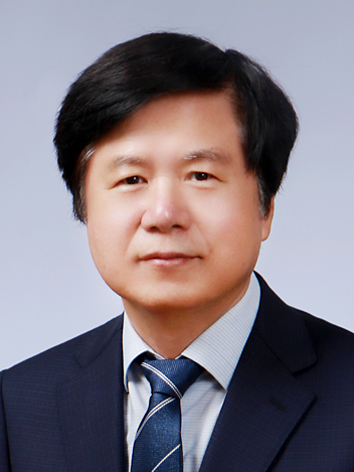新消息
[Opinion] Completing the Final 1% of Tech Transfer Commercialization

Deokho Cho, Head of Research Institute at Sigetronics
Transferring technologies developed by public institutions (such as universities and research institutes) to the private sector for successful mass production is more than a simple technology transaction. It is the final step that connects R&D outcomes to the creation of new businesses and technology licensing revenues, thereby maximizing the efficiency of national R&D investments. In recognition of this importance, the government has been operating various national projects to promote technology transfer and commercialization, contributing to enhancing the competitiveness of participating companies.
However, the reality is far from easy. According to the Ministry of Science and ICT’s 2022 Technology Commercialization Report, less than 10% of technologies transferred from public institutions actually lead to product realization, and only about 2–3% result in continuous sales after product launch. These are very disappointing figures. To improve the success rate of technology transfer commercialization and achieve tangible results in new business creation, more sophisticated institutional improvements and practical support programs are urgently needed.
This is especially true for small and medium-sized enterprises (SMEs) in regional areas, where it is realistically difficult to independently enhance their R&D capabilities. The lack of skilled personnel, facilities, and equipment—along with population decline and the centralization around the capital region—further raise the entry barriers to technology commercialization. For such companies, technology transfer from public institutions is an excellent strategy to compensate for limited capabilities, and it is precisely where the true value of industry-academia-research cooperation is demonstrated.
The company I belong to is also actively utilizing public technology transfer to overcome these regional limitations. We recently acquired four technologies from the Electronics and Telecommunications Research Institute (ETRI), two of which (MCT, APD) have already led to sales, and the remaining two (GaN Power RF) are undergoing follow-up R&D for commercialization. Even based on the current results, our success rate is about 20 times higher than the national average.
There are several pointed out causes for the low success rate of technology commercialization in Korea. Among them, two are particularly noteworthy. First, the level of completeness of the transferred technologies varies greatly—from mere ideas to technologies close to commercialization—but rarely are they fully complete. Second, SMEs that receive the technologies often lack the manpower and equipment needed to supplement the incomplete parts and bring the technologies to mass production.
To overcome these challenges, I would like to propose two solutions. First, the scale of ministry-level programs that support the commercialization of transferred technologies should be further expanded. For example, the "SME Technology Commercialization Capacity Building Project" has been reported to increase the commercialization success rate up to about 15% compared to cases without such support.
Second, public institutions transferring the technologies should also operate their own follow-up programs to assist commercialization. As public institutions have far greater resources and expertise than SMEs, efforts to improve the completeness of technologies are both a matter of researcher pride and a responsibility of public institutions.
The remaining 1% until full productization can determine the fate of a company. It is within that 1% that true know-how and technological value are realized, and significant added value is created. Now is the time to go beyond administrative technology transfer and approach it with a sense of mission to complete commercialization. To this end, I hope that systems and practical programs will be established to enable active participation by researchers at public institutions.
Deokho Cho, Head of Research Institute, Sigetronics, dhcho@sigetronics.com
ETNEWS, hskim@etnews.com, July 24, 2025


